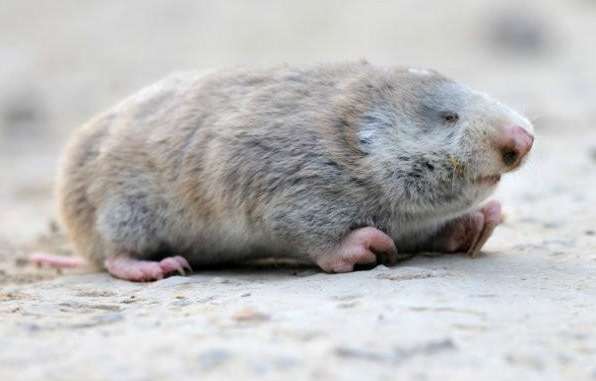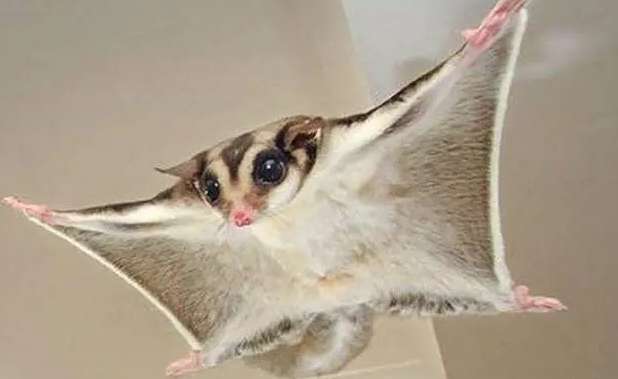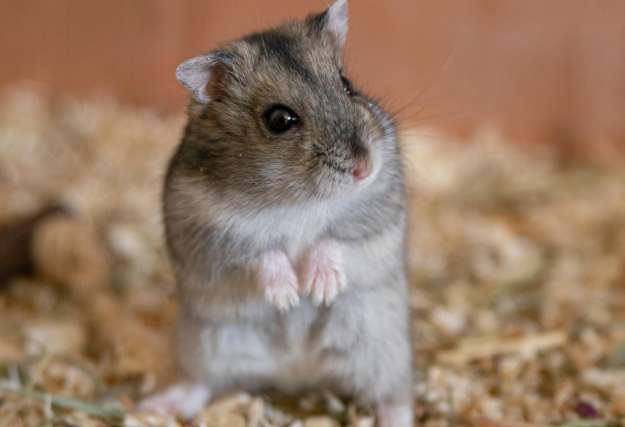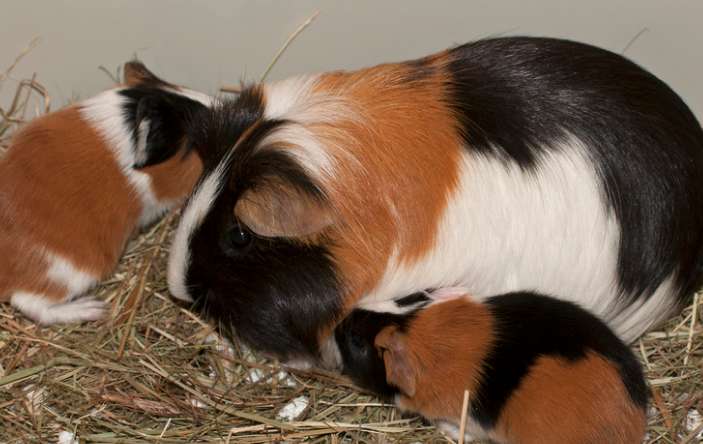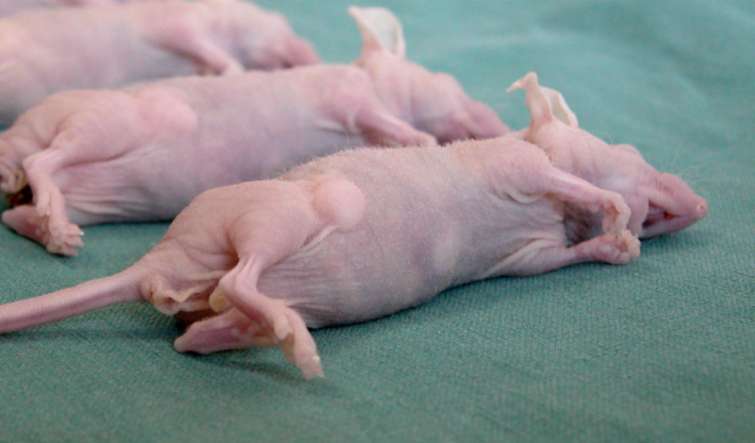Today's rats are generally divided into three categories: one is domestic pet rats; the other is mice used for experiments; the other is those used in the field. , voles that live in the mountains and forests. Today, the editor will introduce to you a kind of vole that lives in the wild all year round-the spiny mouse.
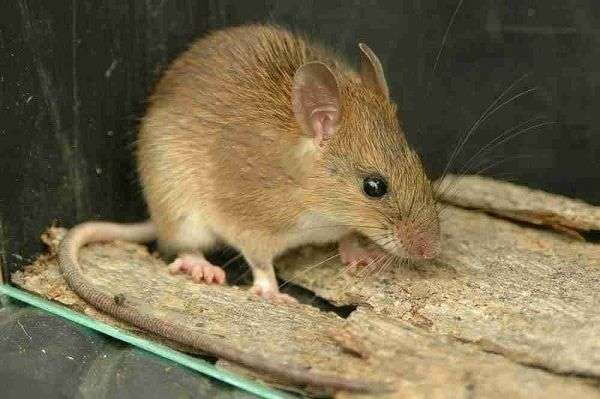
The spiny-haired rat, Also called needle-haired rats, they mainly inhabit tropical and subtropical forest areas, hilly areas, mountains, shrubs, and valleys and streams. They are distributed in China, India, Laos, Malaysia, Myanmar and other countries. The spiny rat population is on a downward trend, and it has been included in the 2008 Red List of Threatened Species by the International Union for Conservation of Nature (IUCN).
1. Morphological characteristics
Size: Spiny-haired rat is a medium-sized rat.
Body hair: The abdominal hair of the spiny-haired rat is white, and the back of the front and rear feet are white; the back hair is brown or tan, and there are many spiny guard hairs in the back hair. Sometimes, if you don’t look carefully, you think it is a A little hedgehog. The base of the guard hairs is white and the tip is brown. There are more guard hairs closer to the center of the back, so the tan tone is darker in the center of the back. There are fewer guard hairs at the junction of the dorsum and abdomen, which is bright brown. In summer, there are more quills on the middle back than in winter, so the back of spiny rats is darker in color in winter.
Skull: The nasal bone of spiny rat is slender and extends forward beyond the incisors. The supraorbital ridge is obvious and extends backward to the posterior edge of the parietal bone.
Oral Teeth: The first molar of the spiny rat's upper jaw is larger, and the third molar is degenerated, less than half the size of the first molar. The lateral odontoid process of the first transverse ridge of the first molar is degenerated and the central odontoid process is developed. The inner and outer odontoid processes of the second transverse ridge are normal, the inner and outer odontoid processes of the third transverse ridge are both small, and the central odontoid process is developed. The third upper molar has three odontoid processes on the inner side and one large odontoid process on the outer side.
2. Living habits
Spiny rats generally like to be active at night, but they will also go out during the day when no one is around. It has a wide range of activities and prefers to run wild. It is aggressive in nature, is good at climbing and jumping, and can shuttle among trees to find food. In terms of diet, spiny rats sometimes eat wild fruits, bamboo shoots, tung fruits, tea fruits, chestnuts and hazelnuts, etc. They also often sneak into fields to steal rice, wheat, peanuts, berries and tomatoes. When food is scarce in winter, they also feed on roots, leaves and seedlings of wild plants. Therefore, spiny rats are omnivores and are not picky.
The spiny rat isA kind of rat that is very good at "burrowing". Its burrow system is relatively complex. The tunnel is curved and multi-branched. It can be divided into single deep hole, single horizontal hole, double deep hole, double horizontal hole and three horizontal hole. Most of the roads are deep holes. The entrance to the cave is relatively hidden. Caverns usually have nest chambers, toilets and blind holes. The nest materials are mostly made from leaves, bamboo leaves, branches and weeds, and the hole openings mostly face the southwest. So usually you can't find its cave without looking carefully.
3. Reproduction methods
Under suitable environment, spiny rats can reproduce all year round, and their fertility is extremely strong, especially at 6 -The pregnancy rate is highest in July. However, after the Mid-Autumn Festival, as the temperature gradually drops, the pregnancy rate will decrease day by day.
Conclusion: The above is the relevant introduction to the Spiny Rat, but under normal circumstances you will not encounter it. After all, there are not many of it and it likes to move at night.
